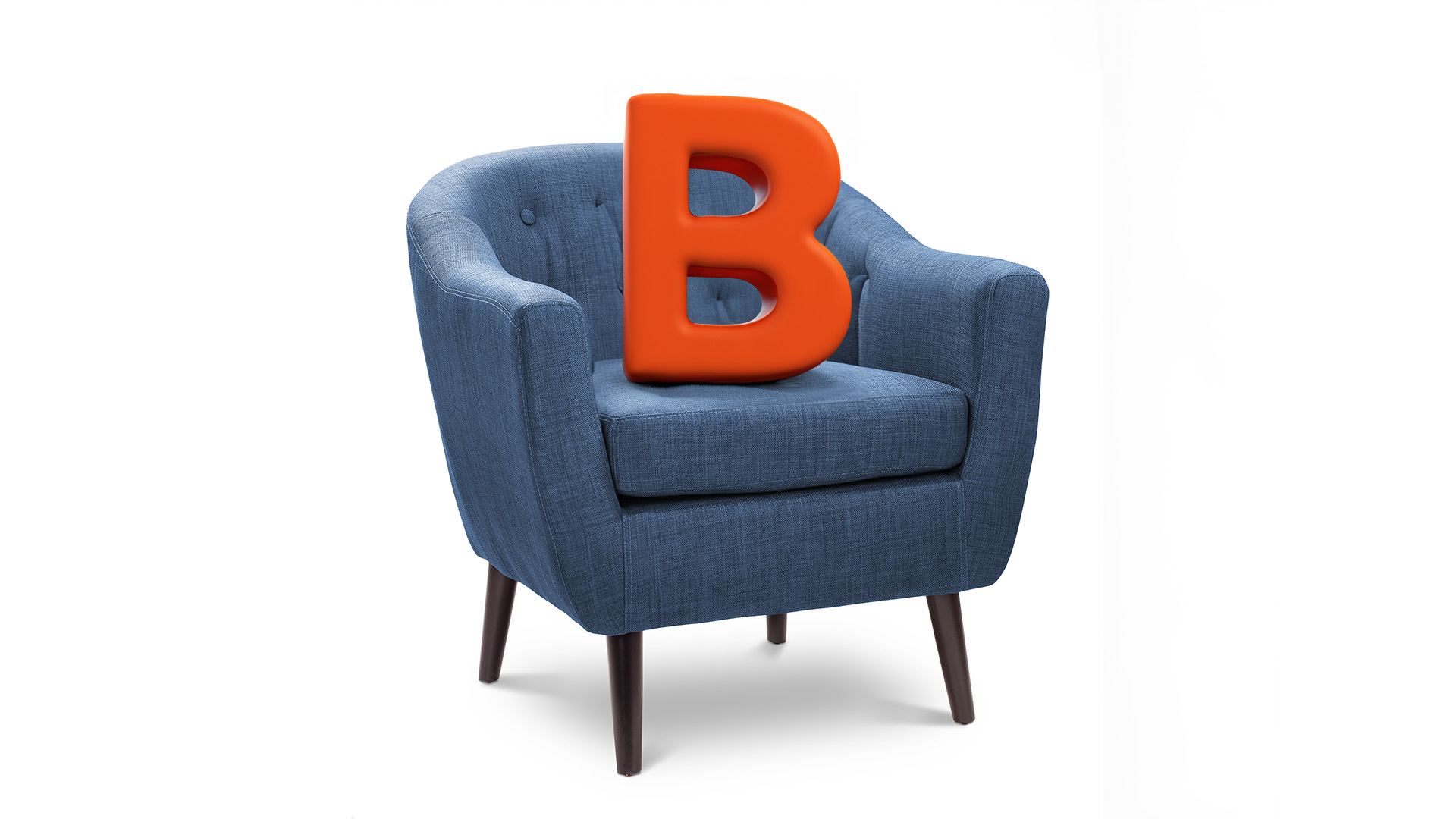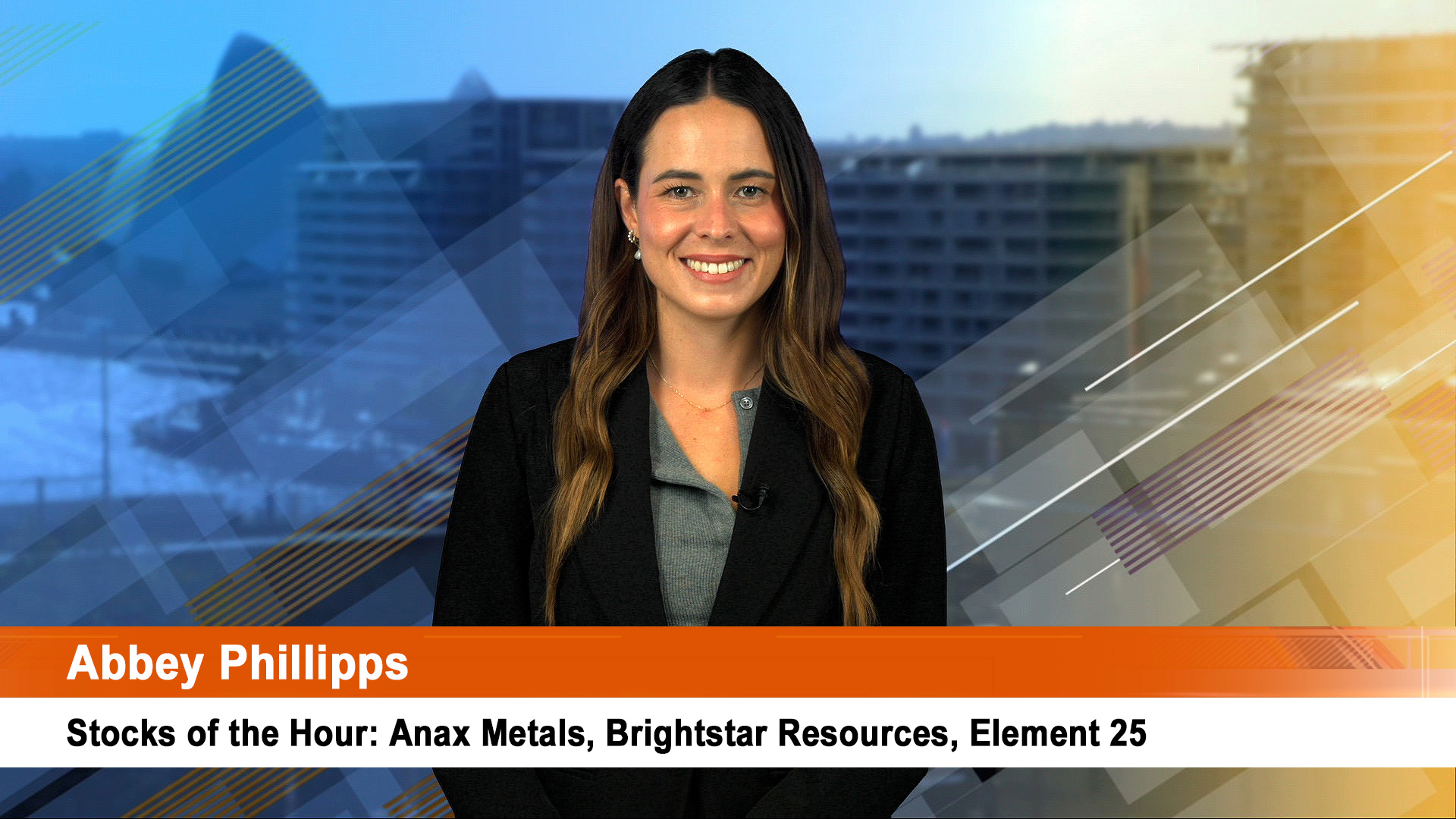The September trade surplus fell and retail trade continued its run of less than vibrant results, according to the latest figures issued yesterday.
The results, and those for the September quarter, show the economy remains on track, with economic growth around the long term trend (around 3% annual).

There were no signs of an outbreak of demand or spending on consumption goods in both sets of figures, which will please the rate risers at the Reserve Bank.
Retail sales rose 0.3% in September, unchanged from August and still under the 0.7% rise in August.
The modest sales performance (which has been supported by sales and earnings downgrades from the likes of JB Hi-Fi, Harvey Norman and Noni-B) was shown in the quarterly growth figures.
They showed that real sales for the third quarter rose 0.7%, faster than the 0.5% in the June quarter and 0.6% in the March quarter.
Despite that, the figures suggest that consumption had added only modestly to economic growth in the three months to September 30.
In fact it was more of a plodding performance in each of the three months of the quarter and therefore the quarter as a whole, which won’t displease the Reserve Bank which is watching consumption data very carefully.
The ABS said the largest rise in September 2010 was recorded in clothing, footwear and personal accessory retailing (2.5%), followed by other retailing (0.5%), household goods retailing (0.2%) and food Retailing (0.1%). Turnover fell in cafes, restaurants and takeaway food services (-0.4%) and department stores (-0.2%).
Cafes etc had been the strongest performing part of retailing up to September.
Turnover rose in Victoria (0.8%), Western Australia (1.0%), the Northern Territory (0.8%) and South Australia (0.2%).
It was flat in Queensland (0.0%) and fell in New South Wales (-0.2%), Tasmania (-0.4%) and the Australian Capital Territory (-0.2%).
Australia’s trade balance posted a smaller surplus of $1.760 billion in September as exports shrank and imports edged higher.
The September surplus compared with an upwardly revised surplus of $2.446 billion for the previous month ($2.346 billion), the Australian Bureau of Statistics said yesterday.
The market forecast was for a surplus of $2 billion in the month.
During the month, exports were down 2% in adjusted terms, or $373 million to $24.151 billion.
Imports rose 1.4%, or $313 million, to $22.34 billion.
There was nothing of concern in the rise in imports, in fact consumption goods actually fell.
Exports were lower thanks in part to lower volumes of export coal, especially coking coal.
The ABS said that between August and September 2010 "exports of hard coking coal decreased $282m (13%) on a recorded trade basis.
"Exports to Japan decreased $103m (20%) and to China decreased $94m (32%)."
That accounted for more than half the 3% fall in non-rural exports in the quarter of $483 million.
The ABS also said a "$475m adjustment has been made to the value of the ‘metal ores and minerals’ in the balance of payments series for September 2010 to take into account additional information on the unit price of iron ore exports. No adjustment has been applied to the ‘coal, coke and briquettes’ component."
The impact of the trade account on third quarter growth was typically mixed.
The trade surplus was lower, according to the Bureau, but so were imports.

"The sum of seasonally adjusted balances for the three months to September 2010 was a surplus of $5,910m, a decrease of $806m on the surplus of $6,716m for the three months to June 2010.
"However, if the seasonal factors used in compiling quarterly Balance of Payments are applied, the September quarter 2010 surplus was $5,773m, a decrease of $797m on the revised June quarter 2010 surplus of $6,570m.
"Preliminary analysis shows that, in seasonally adjusted terms, goods imports volumes decreased about 1.3% during the September quarter 2010 and the implicit price deflator rose 0.5%," the Bureau noted yesterday.
Export price index for goods rose 7.8%, while import prices rose only 0.5 %.
This suggests exports probably fell in real terms, while imports were little changed, meaning foreign trade probably made a negative contribution to economic growth (which is measured in real terms) in the quarter.













